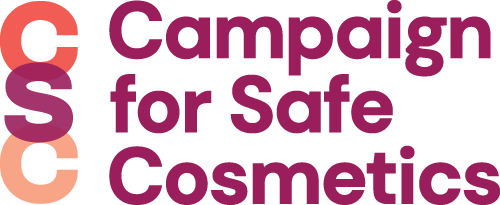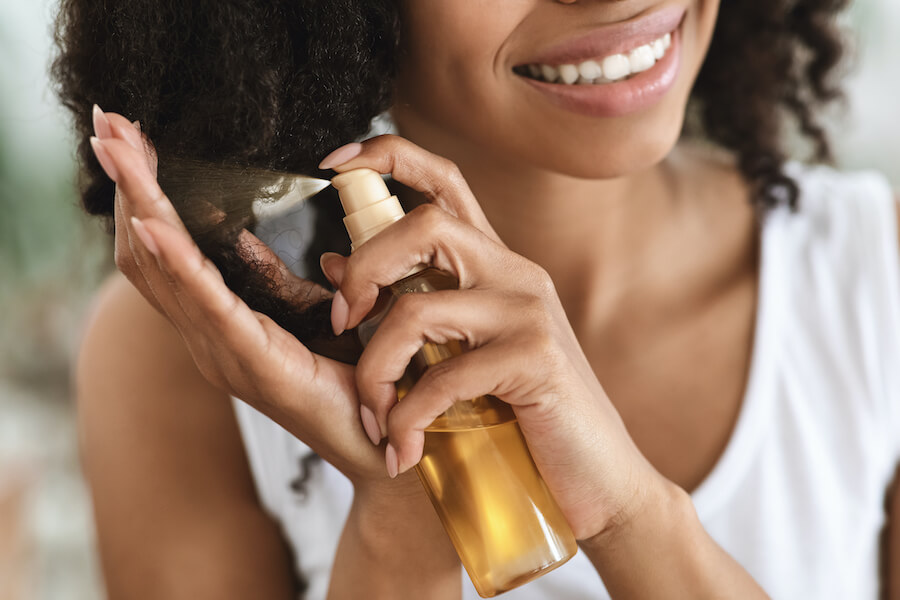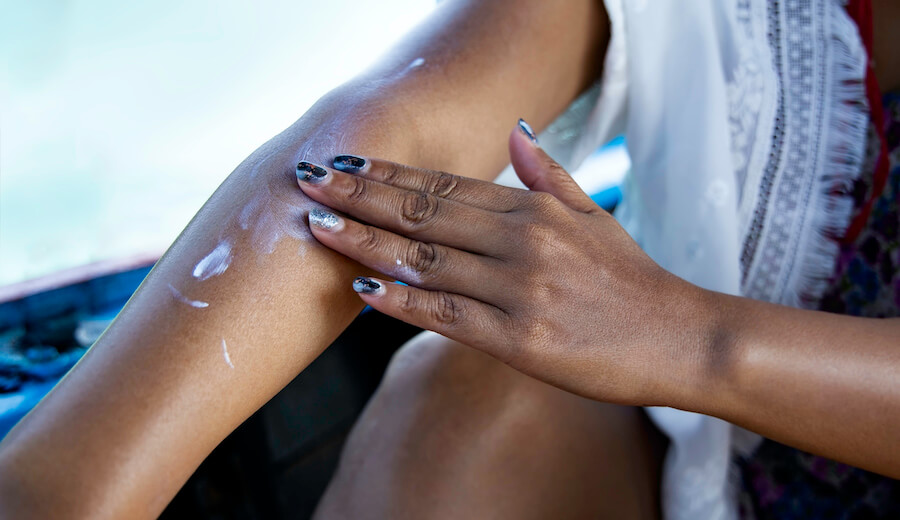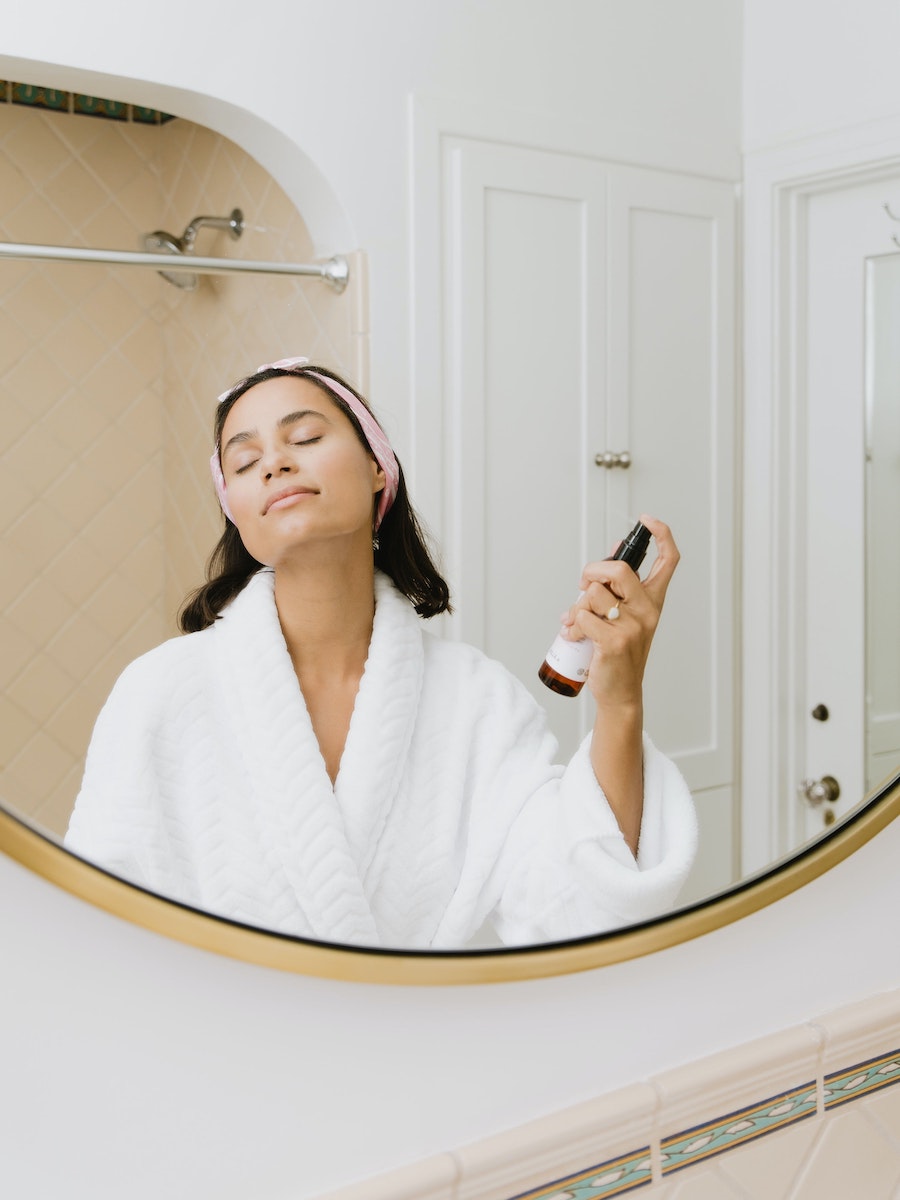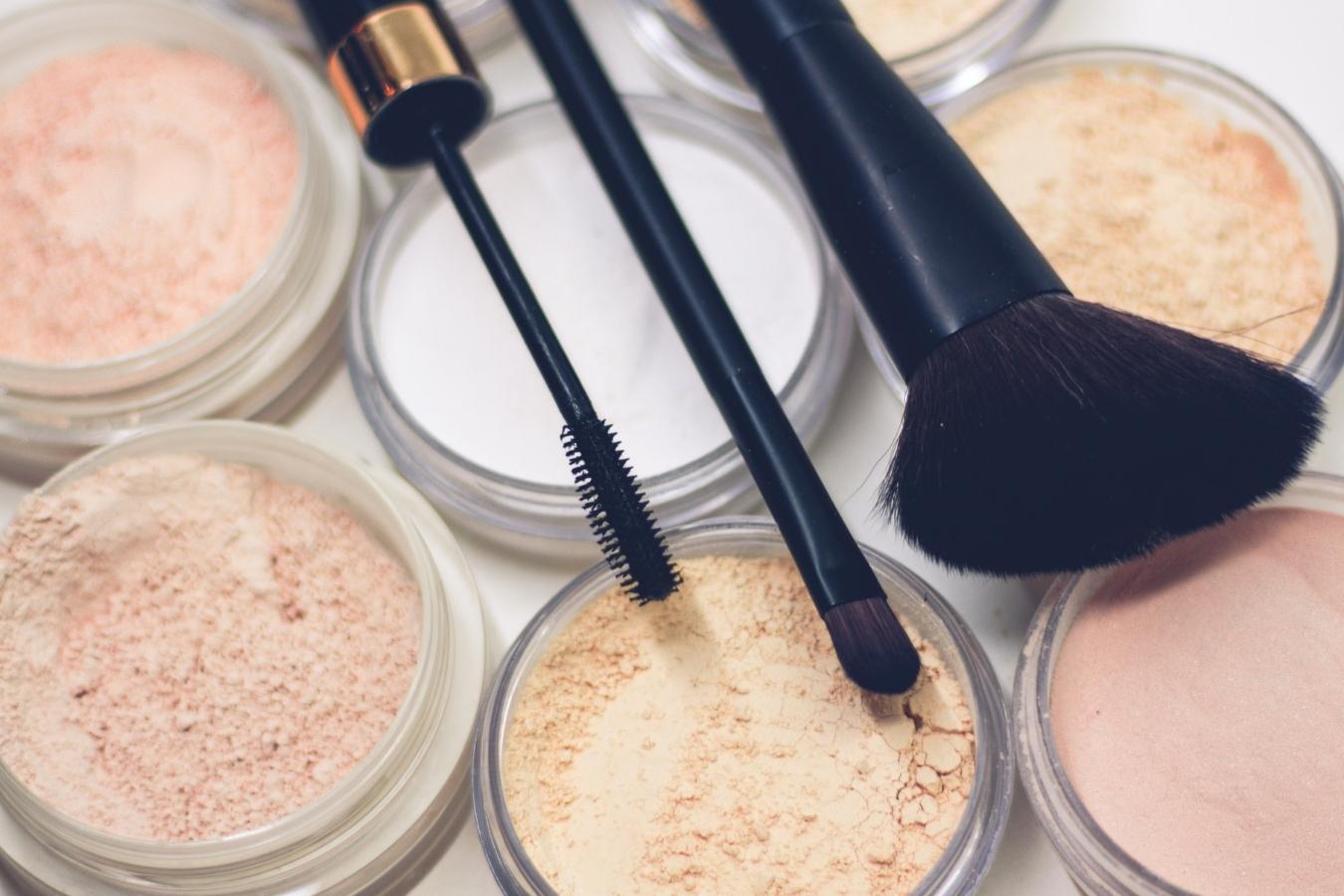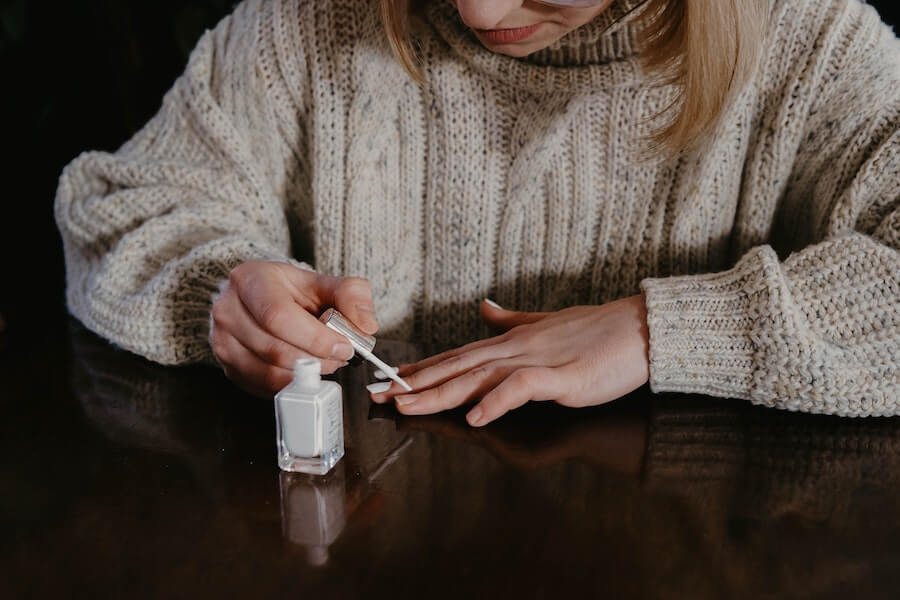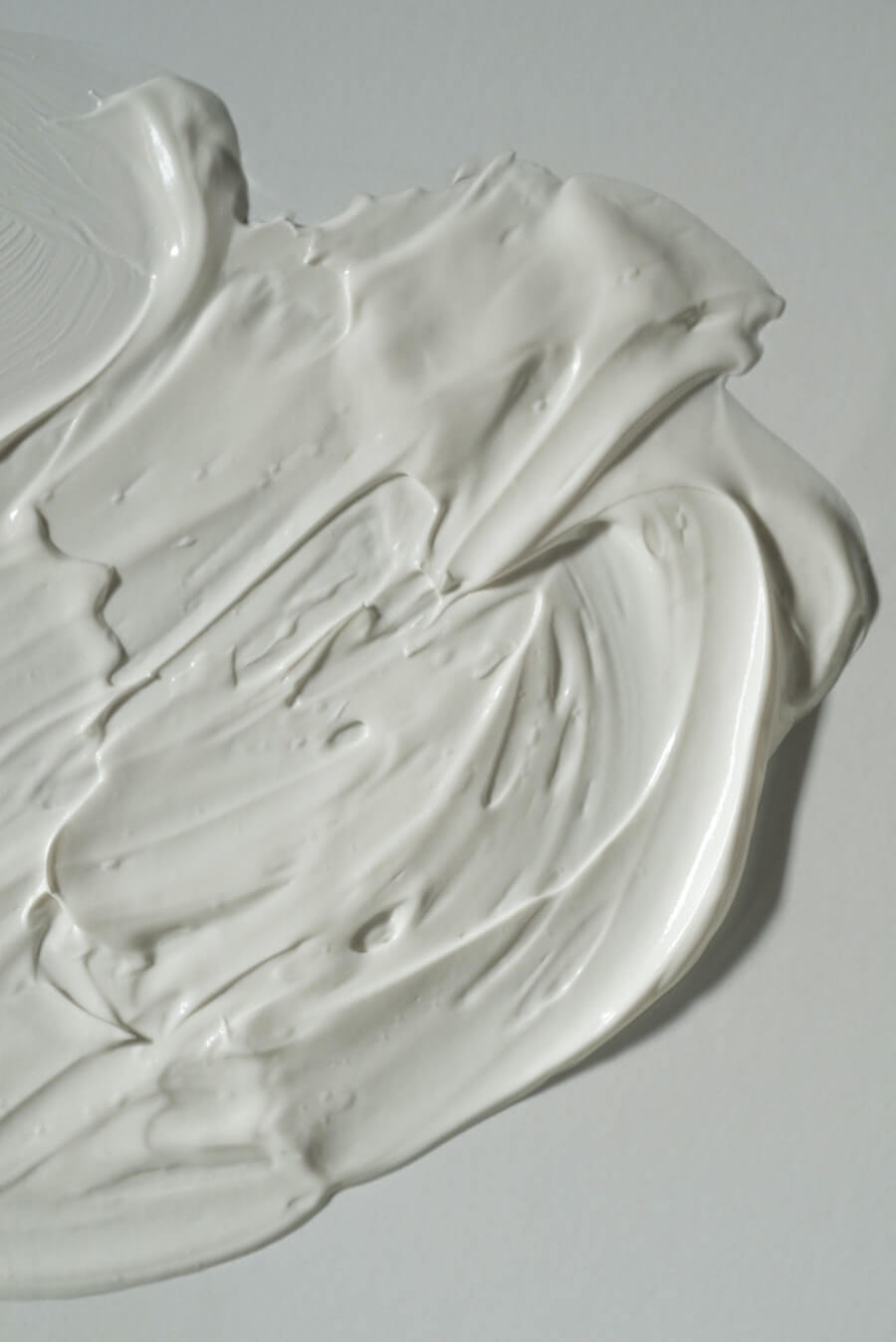[1] INCHEM. International Programme on Chemical Safety. Quaternary Ammonium. Available online: http://www.inchem.org/documents/pims/chemical/pimg022.htm. Accessed April 22, 2022.
[2] EWG’s Skin Deep Cosmetics Database. Quaternium-15 Formaldehyde Releaser. Available online: http://www.ewg.org/skindeep/ingredient/705478/QUATERNIUM-15/. Accessed April 22, 2022.
[3] De Groot AC, White IR, Flyvholm MA, Lensen G, and Coenraads PJ. “Formaldehyde-releasers in cosmetics: relationship to formaldehyde contact allergy. Part 1. Characterization, frequency and relevance of sensitization, and frequency of use in cosmetics.” Contact Dermatitis. 2010 Jan;62(1):2-17. Print.
[4] Calnan, C D. “Contact Dermatitis from Drugs.” Proceedings of the Royal Society of Medicine 55.1 (1962): 39–42. Print.
[5] Schallreuter, K U, K H Schulz, and J M Wood. “Induction of Contact Dermatitis in Guinea Pigs by Quaternary Ammonium Compounds: The Mechanism of Antigen Formation.” Environmental Health Perspectives 70 (1986): 229–237. Print.
[6] INCHEM. International Programme on Chemical Safety. Quaternary Ammonium. Available online: http://www.inchem.org/documents/pims/chemical/pimg022.htm. Accessed April 22, 2022.
[7] S. Dong, D. S. Acouetey, R.-M. Guéant-Rodriguez, D. Zmirou-Navier, T. Rémen, M. Blanca, P. M. Mertes and J.-L. Guéant. “Prevalence of IgE against Neuromuscular Blocking Agents in Hairdressers and Bakers.” Clinical & Experimental Allergy, 2013 (43) 1256–1262. Print.
[8] Brusch AM, Clarke RC, Platt PR, Phillips EJ. “Exploring the Link between Pholcodine Exposure and Neuromuscular Blocking Agent Anaphylaxis.” The British Pharmacological Society 2014 Jul;78(1):14-23. Print.
[9] August, P J. “Cutaneous Necrosis due to Cetrimide Application.” British Medical Journal 1.5949 (1975): 70. Print.
[10] Shmunes E, Levy EJ. “Quaternary Ammonium Compound Contact Dermatitis From a Deodorant” Arch Dermatol. 1972;105(1):91-93. Print.
[11] Cosmetics Info. Quaternium-15. Available online: https://www.ewg.org/californiacosmetics/toxic12. Accessed April 22, 2022.
